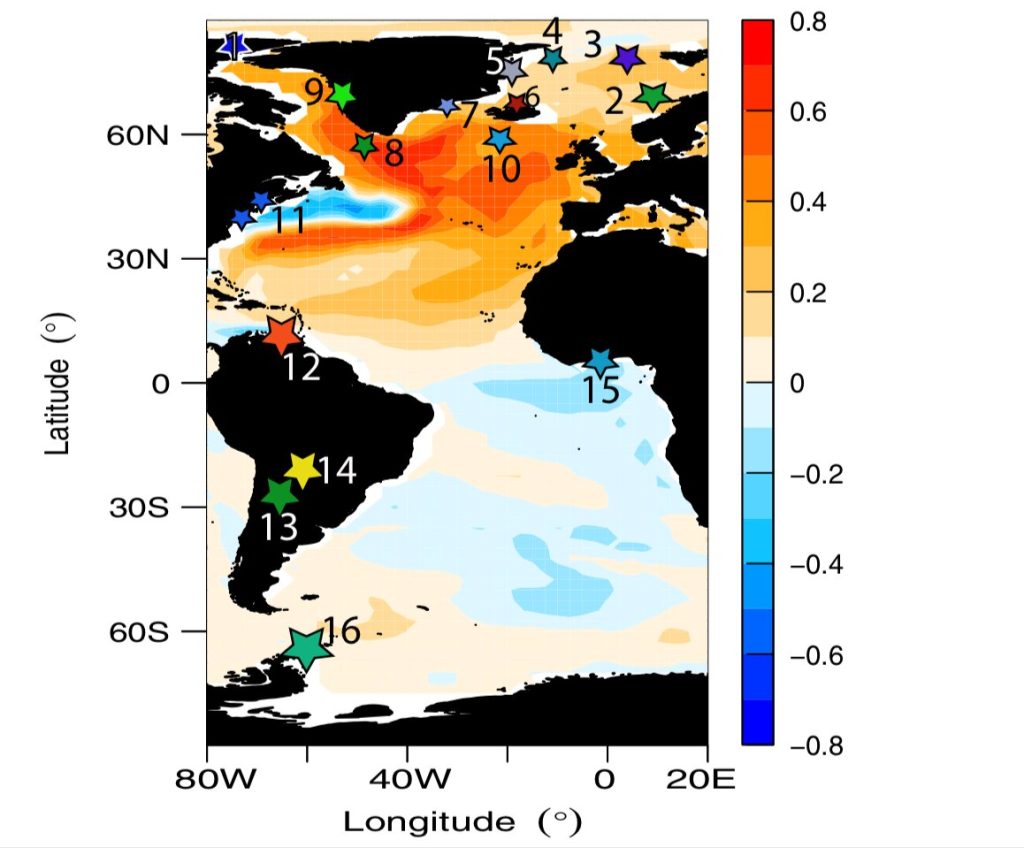
New research from the University of Massachusetts Amherst provides a novel answer to one of the persistent questions in historical climatology, environmental history and the earth sciences: what caused the Little Ice Age? The answer, we now know, is a paradox: warming.
What is the Little Ice Age?
The Little Ice Age was one of the coldest periods of the past 10,000 years, a period of cooling that was particularly pronounced in the North Atlantic region.
This cold spell, whose precise timeline scholars debate, but which seems to have set in around 600 years ago, was responsible for crop failures, famines and pandemics throughout Europe, resulting in misery and death for millions.
To date, the mechanisms that led to this harsh climate state have remained inconclusive. NOW, a new paper gives an up-to-date picture of the events that brought about the Little Ice Age. Surprisingly, the cooling appears to have been triggered by an unusually warm episode.
This new discovery is based on a previous research examining the 3,000-year reconstruction of North Atlantic sea surface temperatures. The scientists noticed something surprising: a sudden change from very warm conditions in the late 1300s to unprecedented cold conditions in the early 1400s, only 20 years later.
AMOC collapse
Using many detailed marine records, the researchers discovered that there was an abnormally strong northward transfer of warm water in the late 1300s which peaked around 1380. As a result, the waters south of Greenland and the Nordic Seas became much warmer than usual. “No one has recognized this before,“ notes Lapointe.
Normally, there is always a transfer of warm water from the tropics to the arctic. It’s a well-known process called the Atlantic Meridional Overturning Circulation (AMOC), which is like a planetary conveyor belt. Typically, warm water from the tropics flows north along the coast of Northern Europe, and when it reaches higher latitudes and meets colder arctic waters, it loses heat and becomes denser, causing the water to sink at the bottom of the ocean. This deep-water formation then flows south along the coast of North America and continues on to circulate around the world.
But in the late 1300s, AMOC strengthened significantly, which meant that far more warm water than usual was moving north, which in turn cause rapid arctic ice loss. Over the course of a few decades in the late 1300s and 1400s, vast amounts of ice were flushed out into the North Atlantic, which not only cooled the North Atlantic waters, but also diluted their saltiness, ultimately causing AMOC to collapse. It is this collapse that then triggered a substantial cooling.
Fast-forward to our own time: between the 1960s and 1980s, we have also seen a rapid strengthening of AMOC, which has been linked with persistently high pressure in the atmosphere over Greenland. Lapointe and Bradley think the same atmospheric situation occurred just prior to the Little Ice Age — but what could have set off that persistent high-pressure event in the 1380s?
The answer, Lapointe discovered, is to be found in trees. Once the researchers compared their findings to a new record of solar activity revealed by radiocarbon isotopes preserved in tree rings, they discovered that unusually high solar activity was recorded in the late 1300s. Such solar activity tends to lead to high atmospheric pressure over Greenland.
At the same time, fewer volcanic eruptions were happening on earth, which means that there was less ash in the air. A “cleaner” atmosphere meant that the planet was more responsive to changes in solar output. “Hence the effect of high solar activity on the atmospheric circulation in the North-Atlantic was particularly strong,” said Lapointe.
As shown in the video above, the claim that fewer volcanic eruptions and that the air was “cleaner” is up for debate.
Lapointe and Bradley have been wondering whether such an abrupt cooling event could happen again in our age of global climate change. They note that there is now much less arctic sea ice due to global warming, so an event like that in the early 1400s, involving sea ice transport, is unlikely.
At least one factor causing Arctic sea ice melt seems to be due to heat coming from below, in the form of under sea volcanic activity, however, in the last few years, ice formation overall has rebounded to such an extent, and with such a speed, that an unprecedented 20 shipping vessels recently got stuck in the Siberia sea, with operators commenting that ice extent surpasses the 1981- 2010 ice edge median, and as such, took them by surprise.
Further, as early as 2017, Arctic and Antarctic sea ice had already begun to grow at a record rate, the trend was documented to have continued through 2019, and into 2021. The formation and retention of this ice is likely accelerated by the record low temperatures and record high snowfall in the polar regions.
“However, we do have to keep an eye on the build-up of freshwater in the Beaufort Sea (north of Alaska) which has increased by 40% in the past two decades. Its export to the subpolar North Atlantic could have a strong impact on oceanic circulation”, said Lapointe. “Also, persistent periods of high pressure over Greenland in summer have been much more frequent over the past decade and are linked with record-breaking ice melt.
It may be that Greenland had been warmer than usual over the past decade, and the would actually match the pattern being referred to in the study, as do the more recent data showing show that just two years ago Greenland recorded some of its coldest temperatures in 1000 years.
Climate models do not capture these events reliably and so we may be underestimating future ice loss from the ice sheet, with more freshwater entering the North Atlantic, potentially leading to a weakening or collapse of the AMOC. [Science, SOTT, Phys]
Forecasts based on solar activity, coupled with measurements on earth, show that it is looking increasingly likely that our planet is moving quickly towards yet another ice age; so much so, that even scientists funded to push the global warming agenda are unable to deny the occurrence, and likely increase, of extreme ‘cold snaps’ in our future:
- Get ready for the big freeze! Intensification of extreme cold weather across the US as ocean circulation slows down!
-
Mysterious cold blob forms in North Atlantic Ocean and worries scientists
Now subscribe to this blog to get more amazing news curated just for you right in your inbox on a daily basis (here an example of our new newsletter).
You can also follow us on Facebook and/ or Twitter. And, by the way you can also make a donation through Paypal. Thank you!
You should really subscribe to QFiles. You will get very interesting information about strange events around the world.



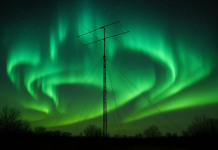
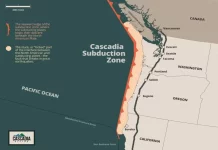
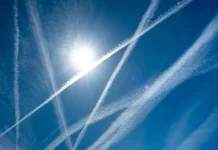
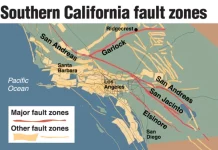
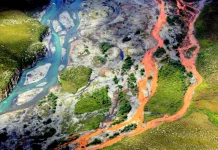
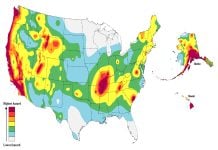





So, it’s just normal. the earth was, is and will be !! Let’s Go Brandon
The coming Ice Age have been known even taught in the late 60s and 70s. And there was much talk about the corxit used in the BP oil disaster shutting down the Gulf Stream. And of course the Gulfstream does affect the jet stream.
Hardly matters if it isn’t a natural disaster it will be man-made. They will destroy your food supply, the monetary system and your way of life. Only way they really can’t get to you is if you don’t play their game. I quit playing nearly thirty years ago and been preparing since the 70. For us it’s life as usual tending the cattle the greenhouse and the dozens of beehives.
Should have known after seeing it was a PBS sponsored video, would have saved me from watching it to the end and having Greta Thunberg pop up. Good old Sol runs the weather, and nothing is going to change that!
Funny just how long we have known about the Beaufort Gyre. Science is almost totally compromised with politics. Science + Politics = Propaganda.
Its thr SUN not YOU and a Super Grand Solar Minimum. On and On Bad humans.
Dennis http://www.thegsmprepper.com
It’s only the climate idiots that believe and I e age is caused by warm weather. Does not compute with me. IDIOTS
“an Ice age” where I made the mistake
But Al Gore said…
In SE AK we have been in the single digits all week and lots of snow. Weather I haven’t seen this time of year in about 20+yrs. Usually it’s rain and snow in the upper 30s low 40s. Late January is when we have a week or two of single digits. Things are different this year, for sure. Hopefully this is just a fluke……
I will keep buying supplies, and overstock myself. That way I can just stay home and do my ranching. Fck the world, and all the heathen shitheads.
Who wrote this idiocy?
Son we in a SOLAR MINIMA and it is getting COLDER!!!
Go to
electroverse.net
and
realclimatescience.com
and learn the facts.
Hey, we are having snow and temps around 15°. Been running logs. Bake potatoes, crack oven in the morning. I can keep inside at 74°-77° 1500 sq ft. At 0600hrs, It’s 61°, so obviously the logs burn out by 2300hrs. In 7 hours I lose 15° more or less. Always fun to get one of those logs that’s a slow burner in there on that last log. Hahaha, I go for the most dense. Sometimes, it will smoulder without flaming. If I get up early, I can simply add kindling and paper to ignite without much effort. Add next log, boom done.
Pretty cool trick. Then, then morning starts out warm faster.